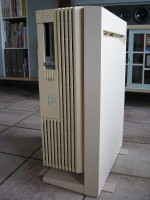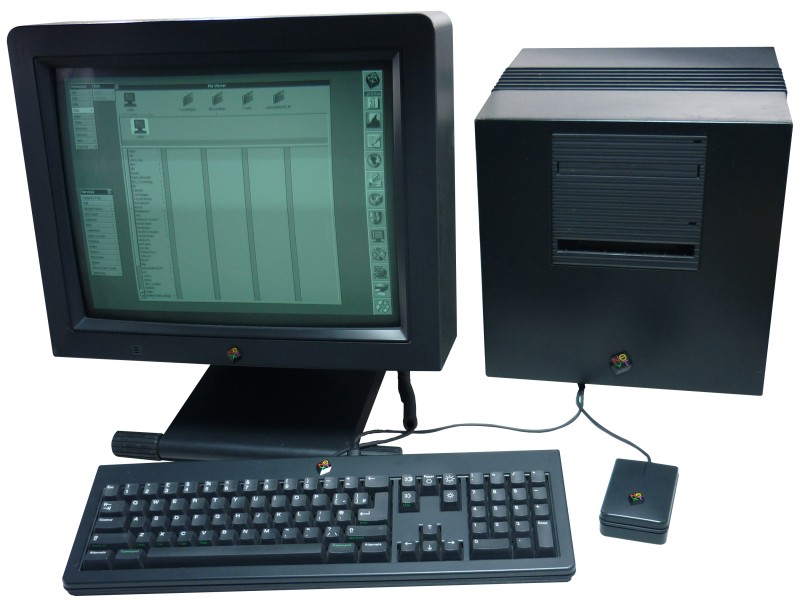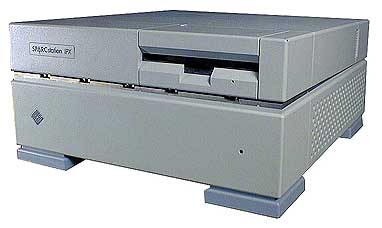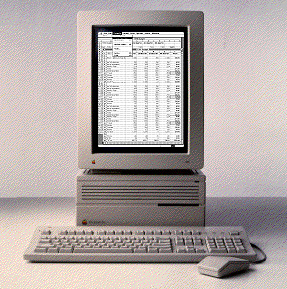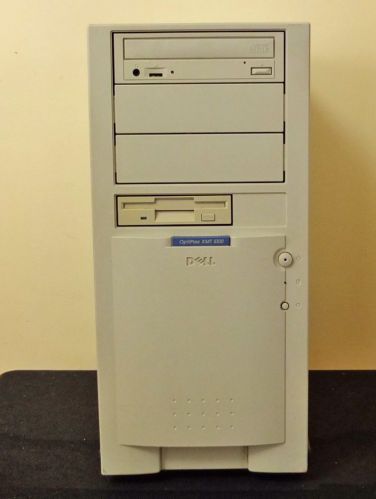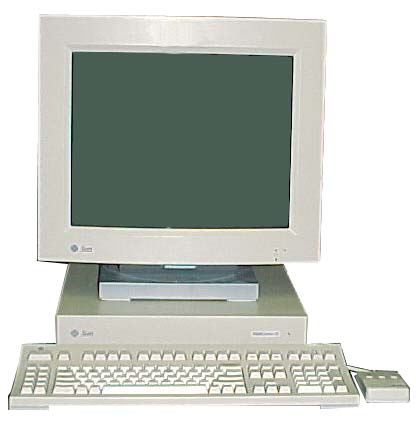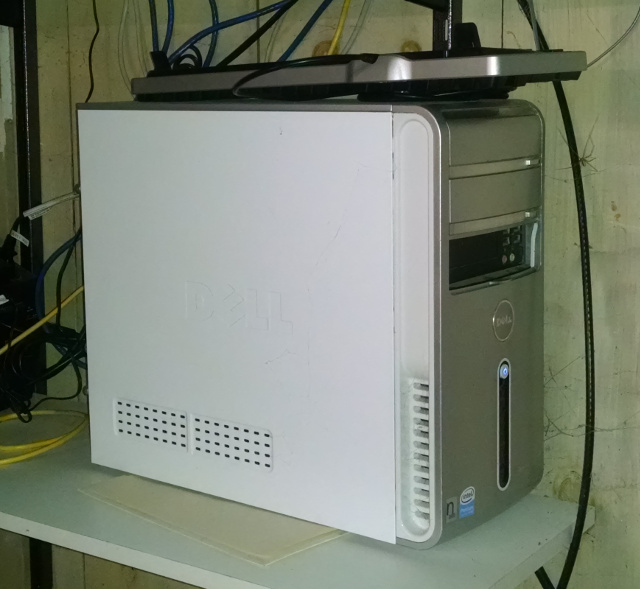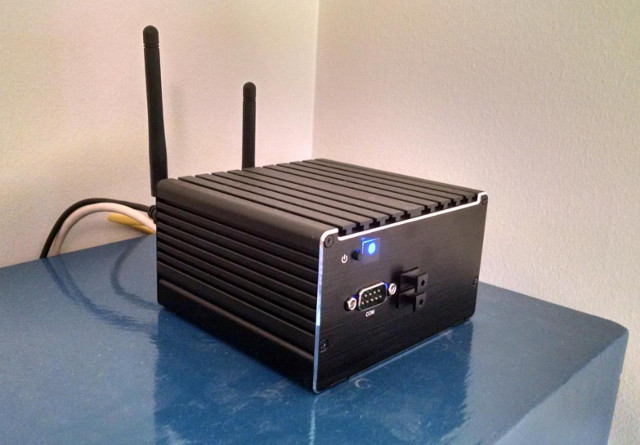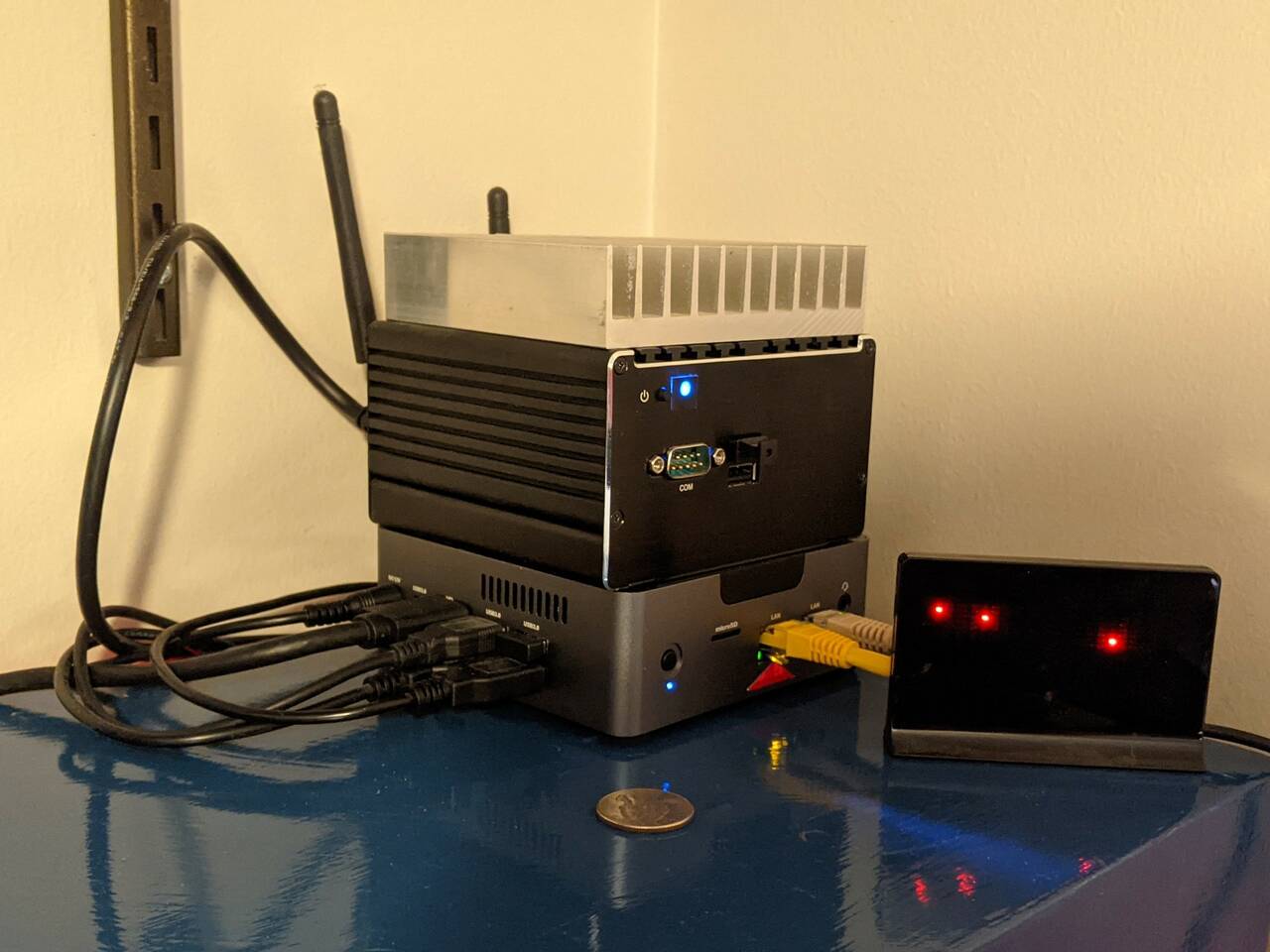
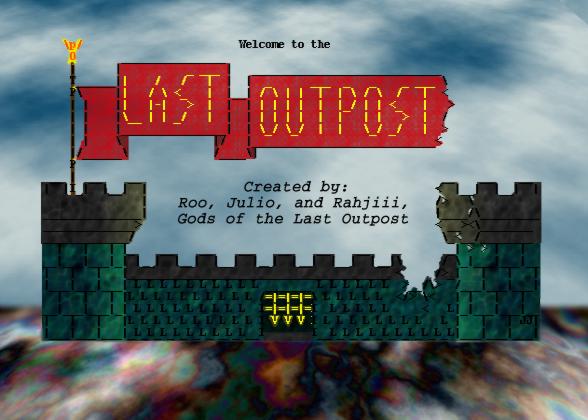
The Last Outpost has been on the Internet since 1991, and publicly open for play since 1992. That makes LO a seriously old part of the Internet. While the Internet itself has been around since 1969, the part of the Internet that most of us see, the World Wide Web, first became available in the early '90s. The first web servers went online in 1991. The first graphical web browser, Erwise, appeared in 1992. It wasn't until 1993 that there were more than 50 websites on the Internet! In the summer of 1992, "The Totally Unofficial List of Internet Muds 10 July 1992 Volume 4 Issue 3" listed 174 muds online.
Just as the size of the Internet has grown dramatically over the last 22 years, the hardware that implements it has changed as well. We all see some of that hardware, the part we connect with, evolve over time. The Last Outpost has been played over a range of hardware, from green-screen terminals with rs232 serial connections, to desktop computers with modems, to laptops with WiFi, to smart-phones on cellular connections. The evolution of the server side hardware is less visible, but no less dramatic. The game has been hosted from workstations costing tens of thousands of dollars or more, where compiling the code was an overnight affair and booting the game took minutes, to running on a few hundred dollars of commodity PC hardware where a compilation and reboot takes less than a second.
This page documents some of the hardware that we've used while running the
Last Outpost. Digital photography and cell phone cameras weren't common when
we started running LO, so most of these are not pictures of the actual hardware
that was in use. The same goes for the hardware specs listed. If someone had
told us in 1991 to write down the RAM configuration of inst12 because we might
want that information in 25 years, we'd have laughed out loud. As such, I've
tried to get the models and specs of the early systems correct to the best of
my records and recollection.
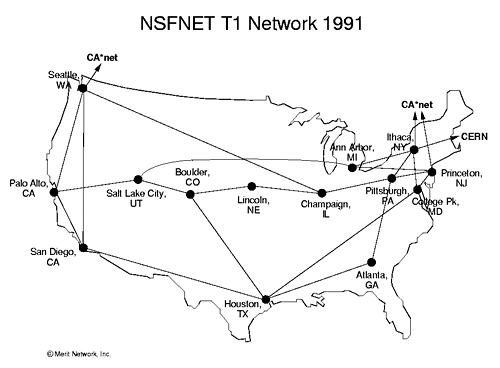
In the early 1990's, getting onto the Internet was not an easy task. Access to the 'net was not widely available. At the time, the Internet was still a tool for research and education. The net wouldn't officially open to the public until 1995 with the decommissioning of the NSFNET, and the removal of the last restrictions against commercial traffic.
Because it wasn't widely deployed yet, getting on the 'net usually meant
being physically in a computer lab with wired network connection, or if you were
very lucky you might be able to dial into a local-call system from home using a
phone modem. Dial-up connection speeds were very limited. The 14.4k modem was
invented in 1991, but it was expensive and wouldn't be well supported for a few
more years. For dial-up, 1200 and 2400 baud modems
were the norm, and 9600
baud was a luxury that few people had. Of course, being able to play from the
comfort of your own home more than made up for the lack of speed.
It is hard to believe now just how slow those early connections to The Last
Outpost were. On a typical 2400 baud modem, an 80x24 screen of text would take
about five seconds to download. Its no wonder then that we put so much time
into writing good text descriptions in the game- most people can read faster
than 2400 baud, and that meant every word was going to be read! While it was
usually an exciting adventure, sometimes having to read all of that text could
be painful. For many of us with dial-up connections, the in game combat was an
exercise in typing the attack, heal, and cast commands blind, and only finding
out if we won the fight after the full text of the combat session had
downloaded!
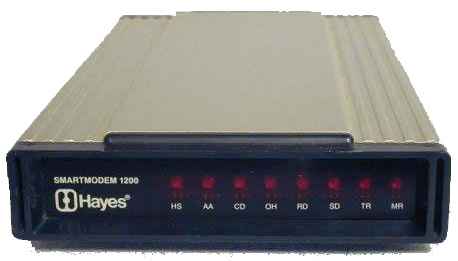
Personal computers from Apple, Commodore, and IBM were widely available in
1992, but they were expensive and their GUI's didn't add much value to the
text-only Internet of the day. The Internet was still too slow for hi-res
graphics.
Most university computer labs were stocked with text
terminals, and older used terminals were available for less than $100 to students
who knew
where to look for them.
Because text terminals were inexpensive, silent, booted instantly, could connect at
19.2Kbit/s or better, had very high quality monochrome screens, and were well supported by
host systems, they were an excellent choice for Internet access in the early 1990's.
The following is a collection of terminal models that we owned during the early
days of The Last Outpost for playing and developing the game.
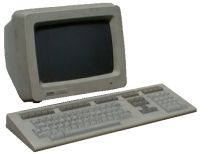
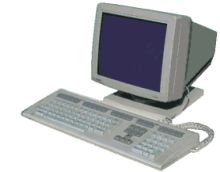

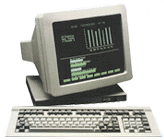
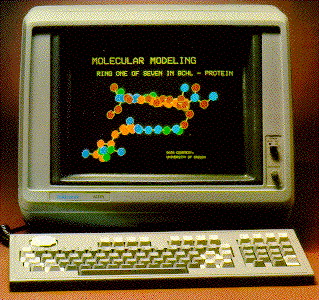
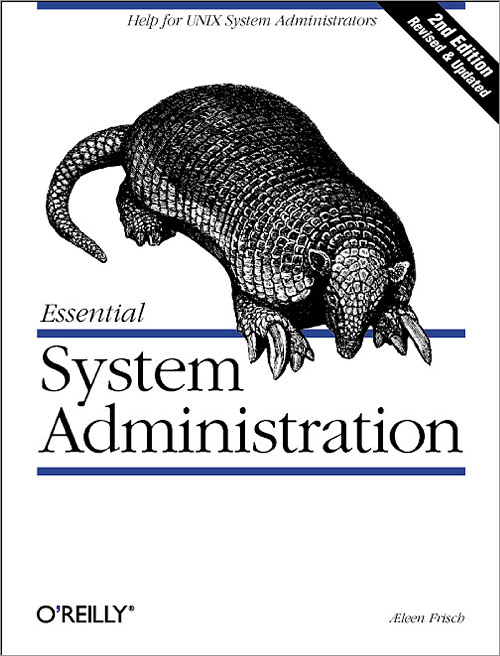
Getting onto the Internet was a challenge in the early days, but it was easy compared to finding a system to host a MUD. A host system needed to provide several things to run the game that were tough to come by in 1992.
First and foremost, a host system needed to provide direct TCP/IP connectivity to the Internet over a high speed link. High speed at the time meant having access to a 56kb/s or faster link. That meant the system had to be located close to the network backbone. Requiring packet based access further limited the systems that could be used to host a MUD. That excluded most PC's of the day. Apple had just started including TCP/IP in its Macintosh system 7.5 release in mid 1991, and Microsoft wouldn't ship a version of Windows with TCP/IP stack until 1994!
It didn't matter that the available personal computers lacked the network ability to host a game, since they also didn't have the compute resources to be able to run it. Along with the networking, the host system needed to provide a multi-user multi-tasking environment, and in 1992 that meant running on a UNIX based system. Unix systems were big and expensive. They were used for research and for departmental tasks. A typical system would support tens of simultaneous users, and required an operator to keep the computer running smoothly.
Finding an operator who was willing to host the game on a system that was in use for other things was also a difficult task. It wasn't just a question of whether hosting a game was an appropriate use of the computer. There was also the very real question of whether running a game across the Internet violated the acceptable use policy of the NSFNET! It took an open minded operator to accept that what we were doing was "research in the field of virtual worlds."
Finding a willing operator with a Unix system on a fast network kept us very
busy in the early days of The Last Outpost. The game changed sites several
times as our system admins changed jobs, or as the local network grew more
congested. Finding a home was frustrating at the time, but it gave us a lot of
experience tuning the game to run well on different host systems. The
following is a list of the server systems that have hosted the Last Outpost.
